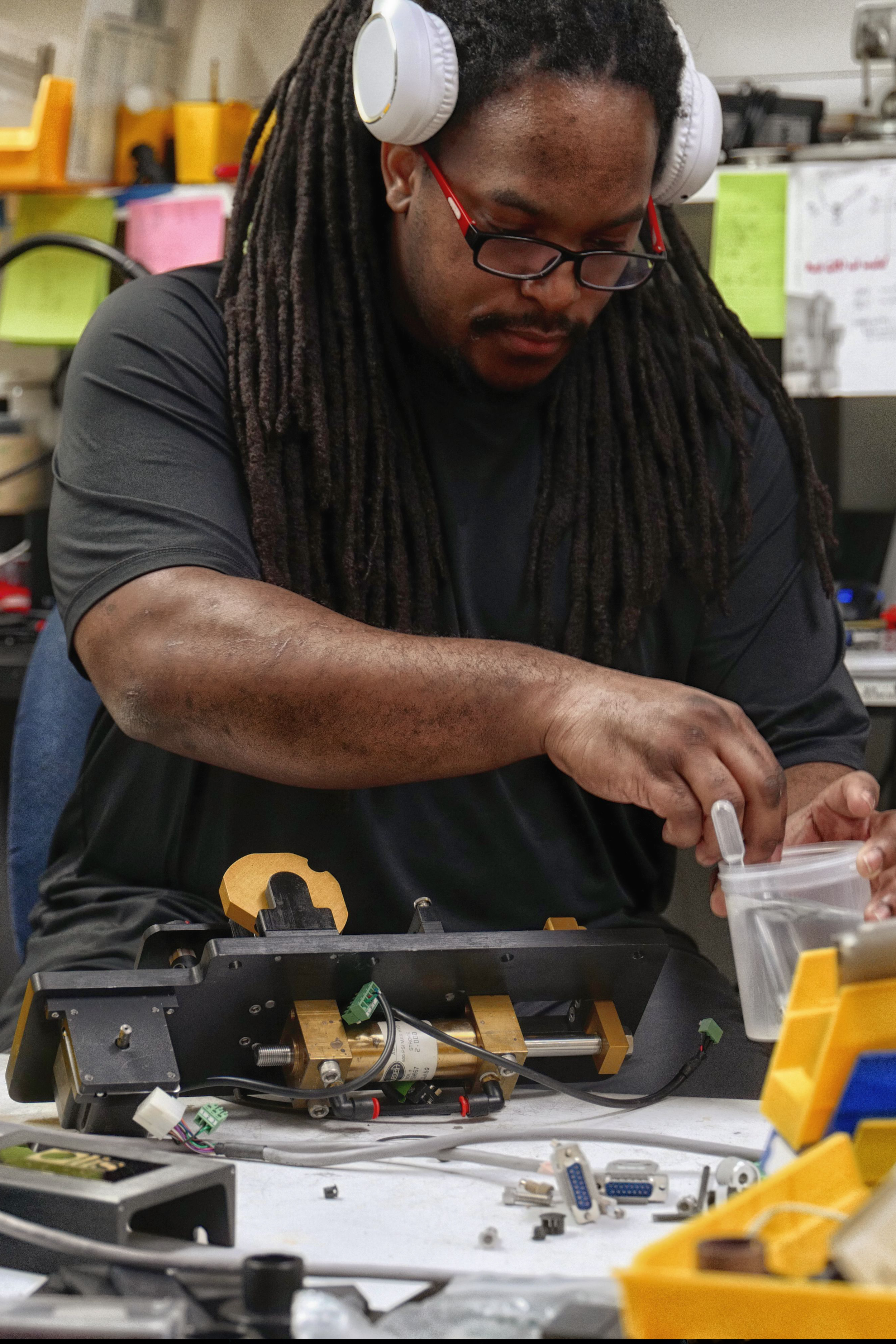Uv/vis/nir Fundamentals Explained
Uv/vis/nir Fundamentals Explained
Blog Article
Circularly Polarized Luminescence - An Overview
Table of ContentsThe 20-Second Trick For Uv/visOur Spectrophotometers IdeasThe Single Strategy To Use For Uv/visAll about Circular DichroismThe Basic Principles Of Uv/vis

Spectrophotometry is a tool that hinges on the quantitative analysis of particles depending on how much light is taken in by colored substances.
Fascination About Circularly Polarized Luminescence
A spectrophotometer is commonly used for the measurement of transmittance or reflectance of services, transparent or nontransparent solids, such as refined glass, or gases. Although lots of biochemicals are colored, as in, they soak up visible light and for that reason can be measured by colorimetric treatments, even colorless biochemicals can often be converted to colored compounds ideal for chromogenic color-forming reactions to yield compounds suitable for colorimetric analysis.: 65 Nevertheless, they can also be created to measure the diffusivity on any of the listed light ranges that generally cover around 2002500 nm using different controls and calibrations.
An example of an experiment in which spectrophotometry is used is the decision of the stability constant of a solution. A particular chemical reaction within an option may occur in a forward and reverse instructions, where reactants form items and products break down into reactants. Eventually, this chemical reaction will reach a point of balance called a balance point.
The Of Uv/vis/nir
The amount of light that goes through the option is a sign of the concentration of specific chemicals that do not enable light to pass through. The absorption of light is due to the interaction of light with the electronic and vibrational modes of molecules. Each kind of molecule has a specific set of energy levels associated with the makeup of its chemical bonds and nuclei and hence will absorb light of particular wavelengths, or energies, resulting in distinct spectral homes.
Using spectrophotometers spans different scientific fields, such as physics, products science, chemistry, biochemistry. circular dichroism, chemical engineering, and molecular biology. They are extensively used in lots of markets consisting of semiconductors, laser and optical manufacturing, printing and forensic evaluation, in addition to in laboratories for the research study of chemical compounds. Spectrophotometry is frequently used in measurements of enzyme activities, decisions of protein concentrations, decisions of enzymatic kinetic constants, and measurements of ligand binding reactions.: 65 Ultimately, a spectrophotometer is able to figure out, depending on the control or calibration, what compounds exist in a target and exactly how much through computations of observed wavelengths.
This would come as a solution to the formerly produced spectrophotometers which were not able to absorb the ultraviolet correctly.
An Unbiased View of Uv/vis
It would be discovered that this did not provide satisfying outcomes, therefore in Design B, there was a shift from a glass to a quartz prism which enabled much better absorbance outcomes - UV/Vis (http://www.cartapacio.edu.ar/ojs/index.php/iyd/comment/view/1414/0/30215). From there, Design C was born with a change to the wavelength resolution which ended up having 3 systems of it produced
It irradiates the sample with polychromatic light which the sample takes in depending upon its properties. It is sent back by grating the photodiode selection which spots the wavelength region of the spectrum. Ever since, the production and execution of spectrophotometry devices has actually increased tremendously and has actually ended up being one of the most ingenious instruments of our time.

What Does Uv/vis/nir Mean?
Historically, spectrophotometers utilize a monochromator consisting of a diffraction grating to produce the analytical spectrum. The grating can either be movable or repaired. If a single detector, such as a photomultiplier tube or photodiode is utilized, the grating can be scanned step-by-step (scanning spectrophotometer) so that the detector can determine the light intensity at each wavelength (which will represent each "step").
In such systems, the grating is fixed and the intensity of each wavelength of light is measured by a different detector in the array. When making transmission measurements, the spectrophotometer quantitatively compares the portion of light that passes through a recommendation service and a test option, then electronically compares the intensities of the two signals and calculates the portion of transmission of the sample compared to the referral standard.

Report this page